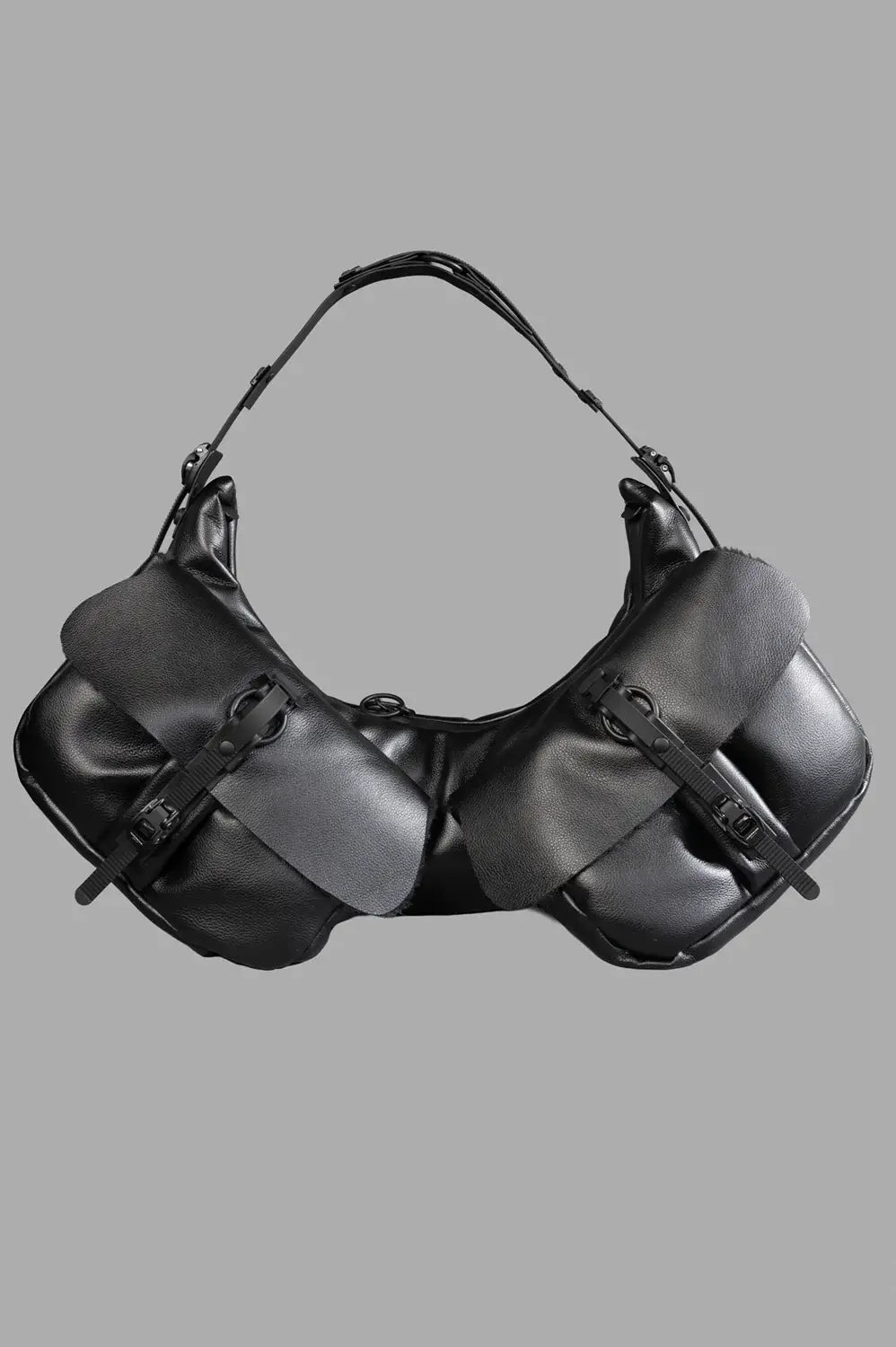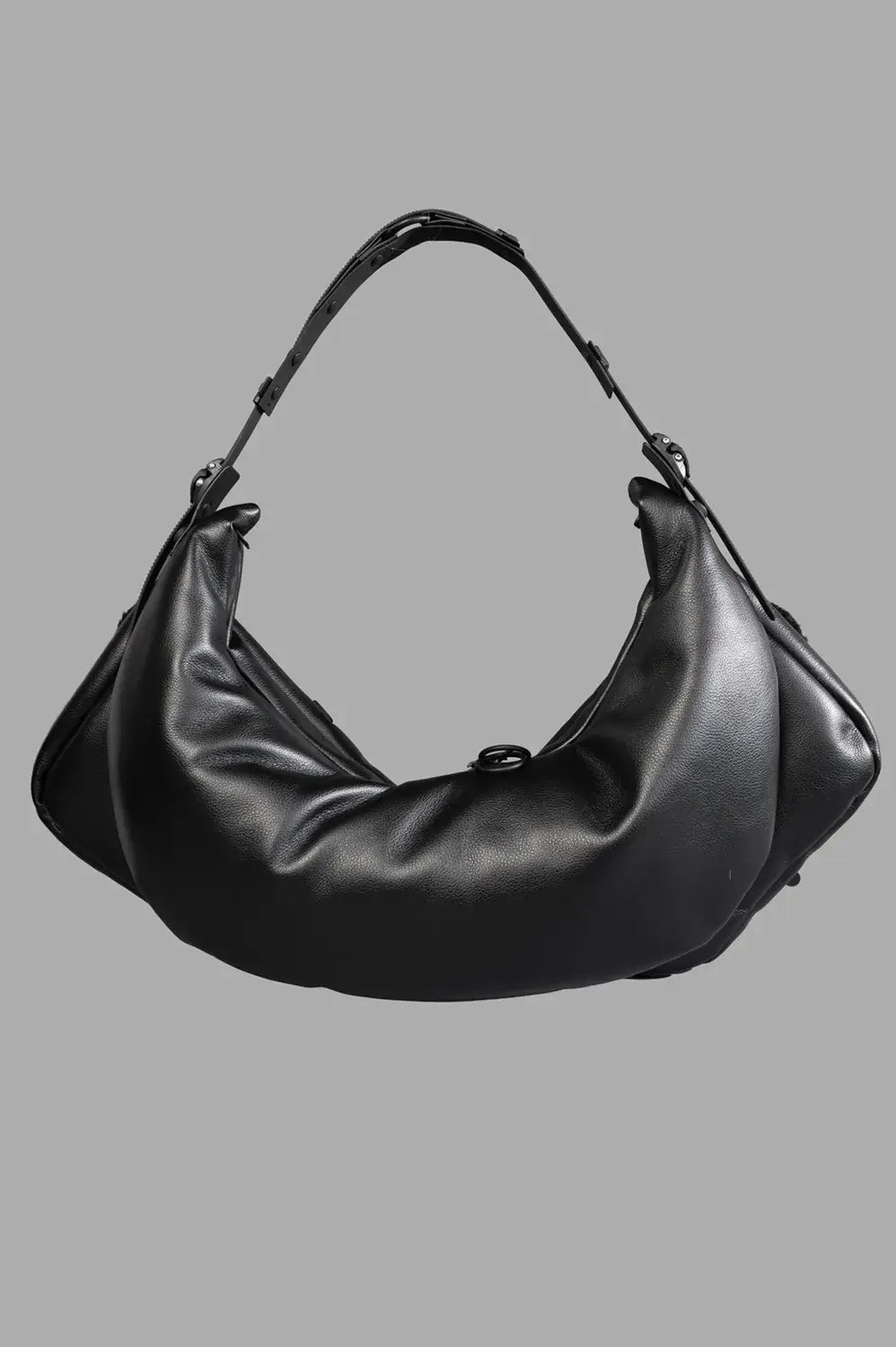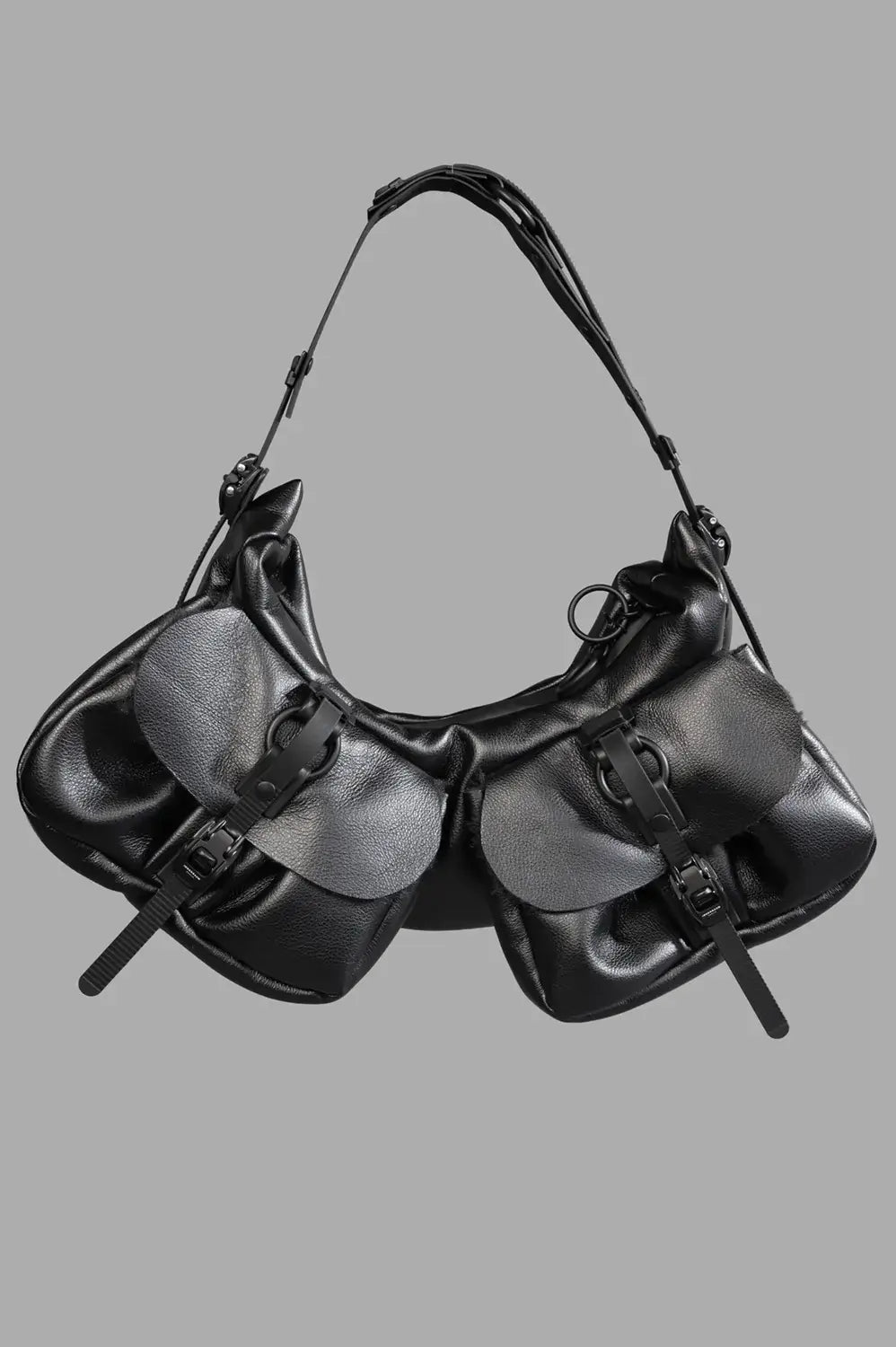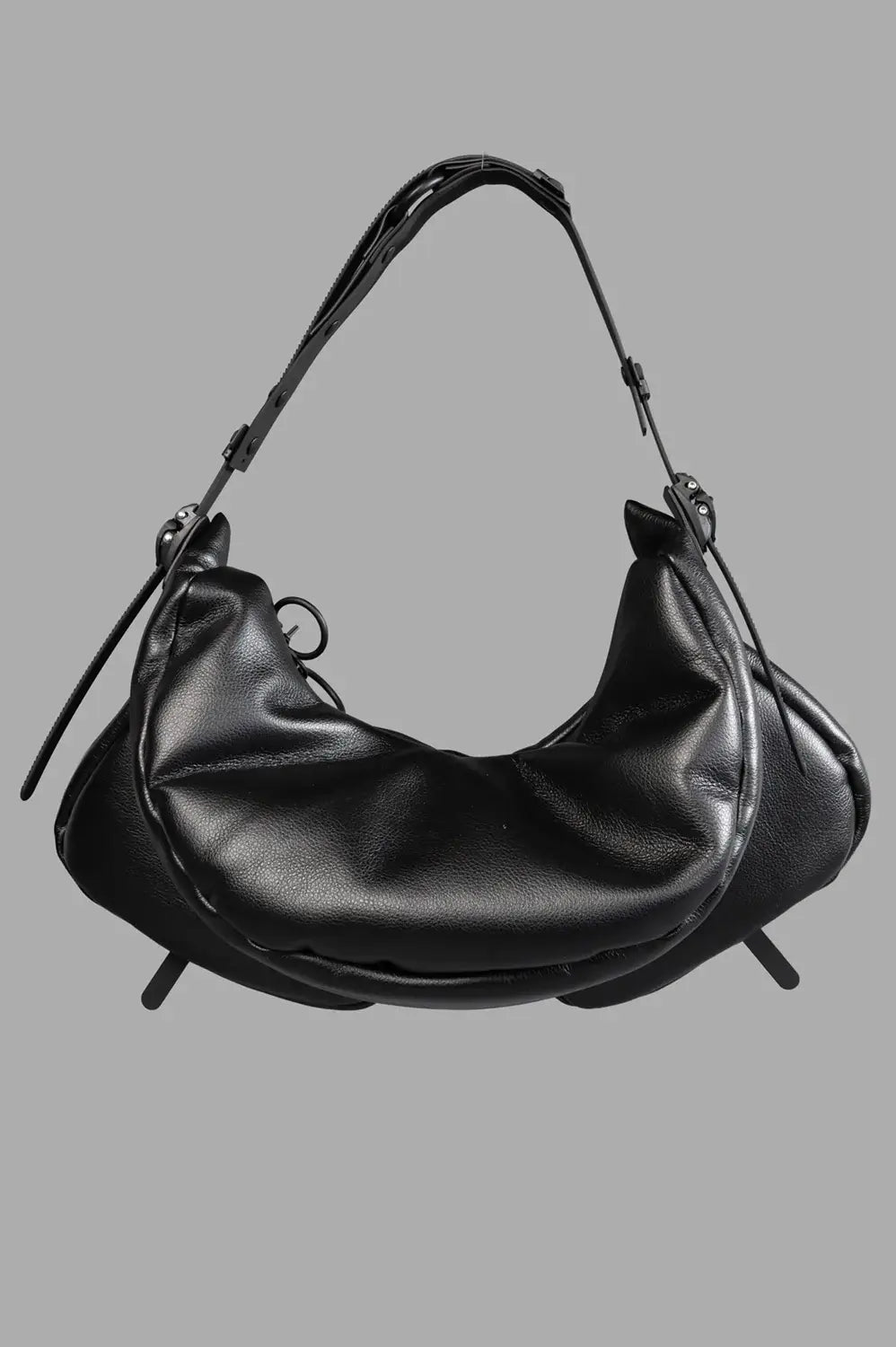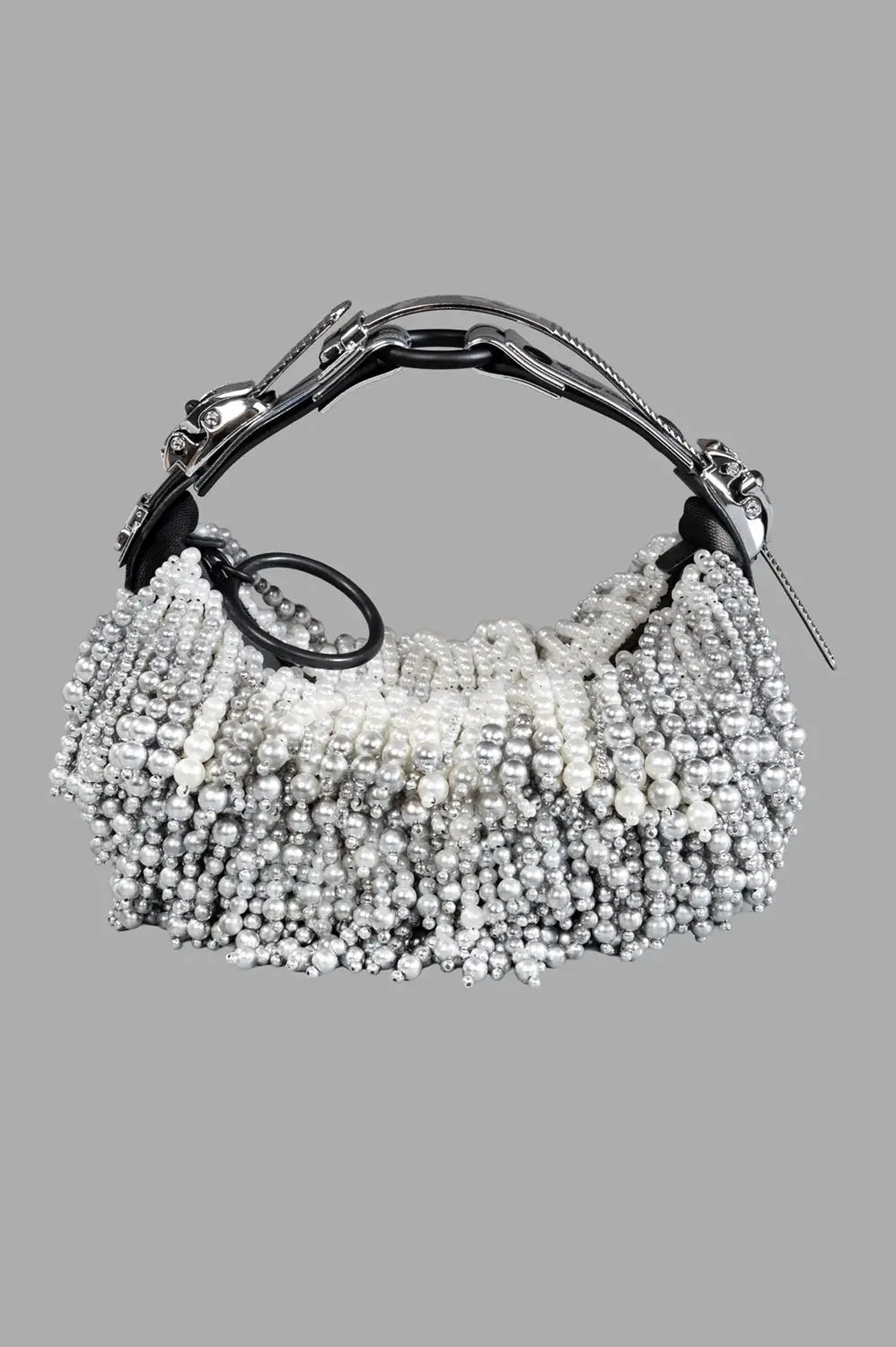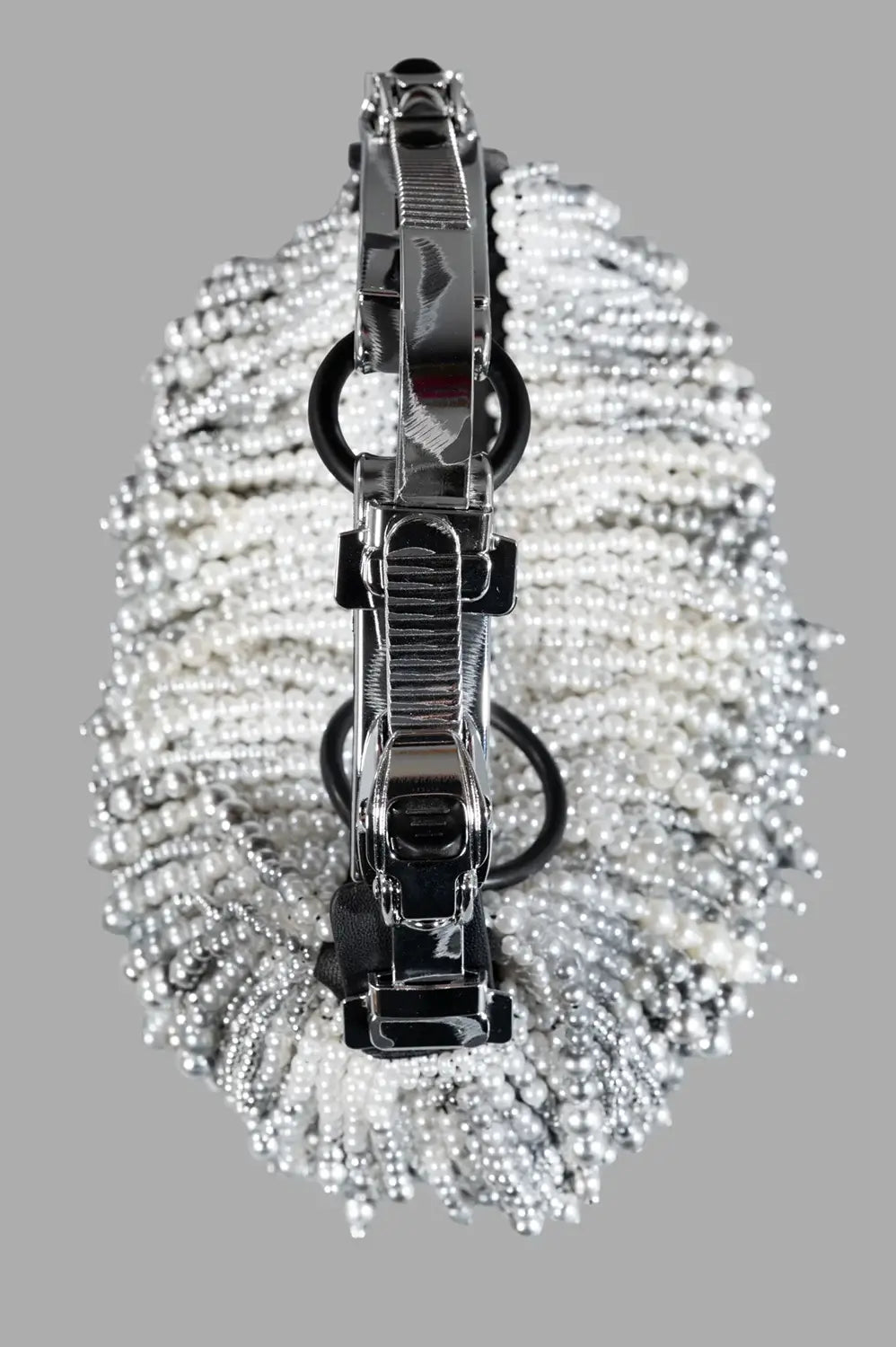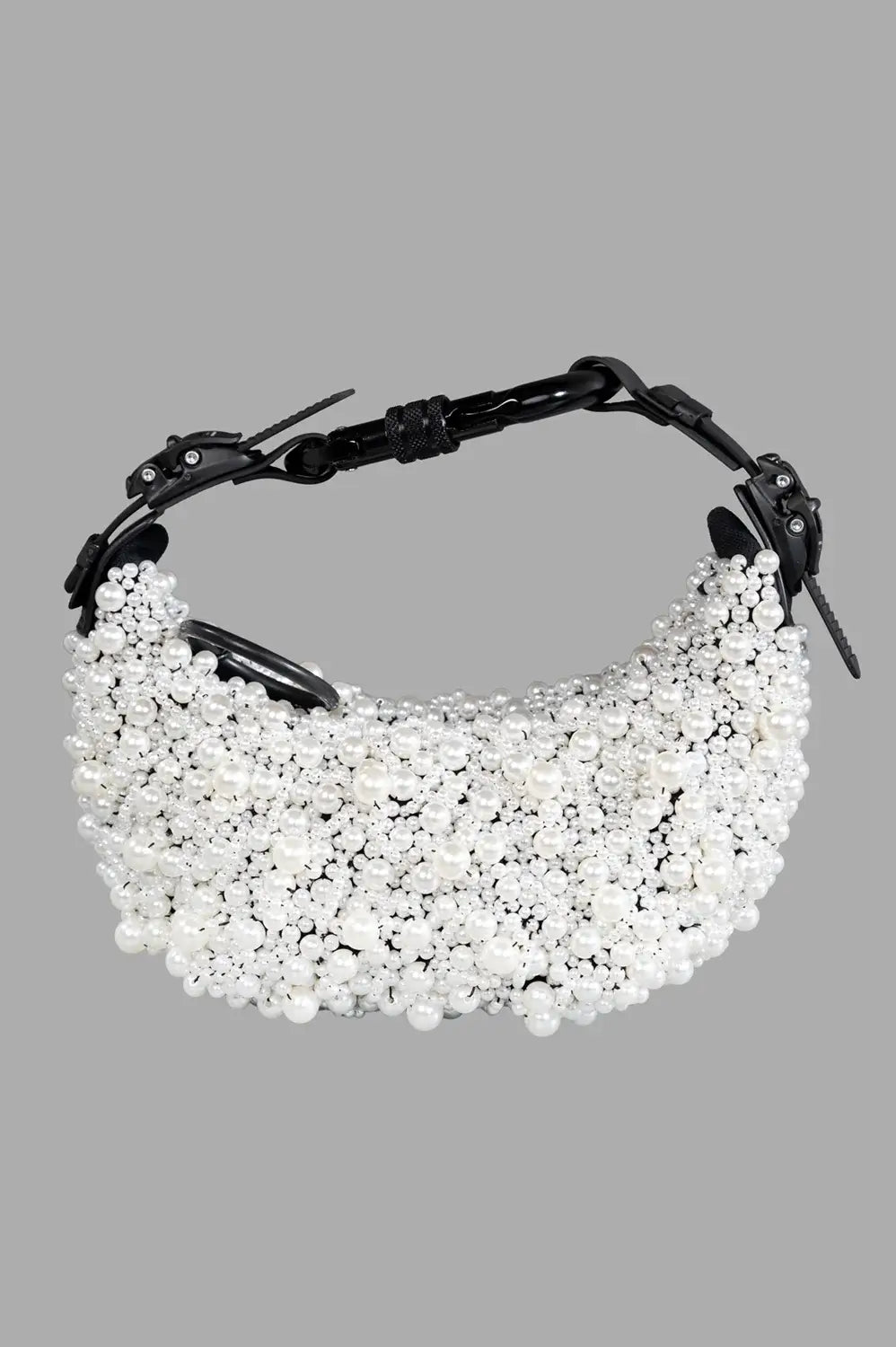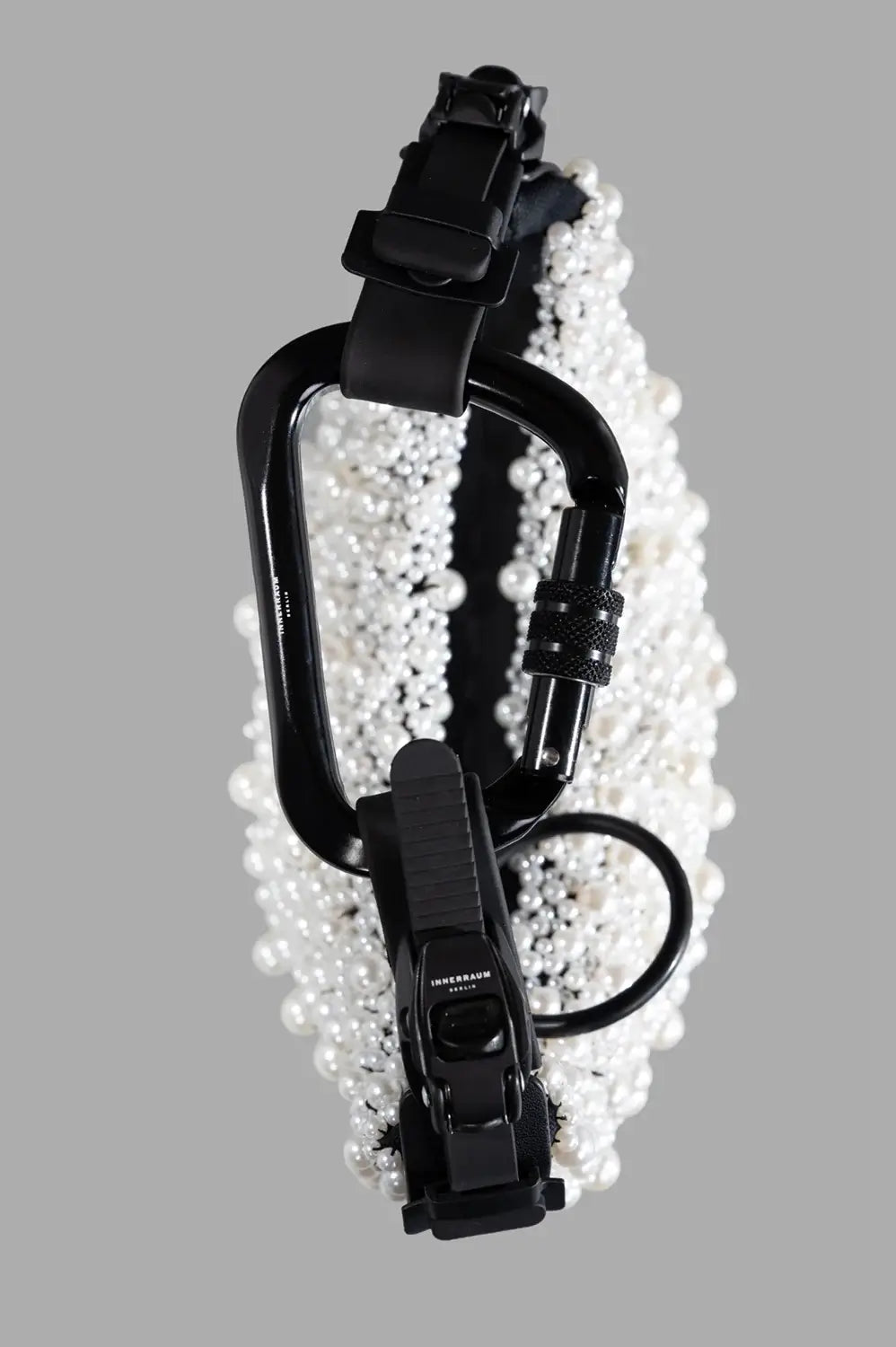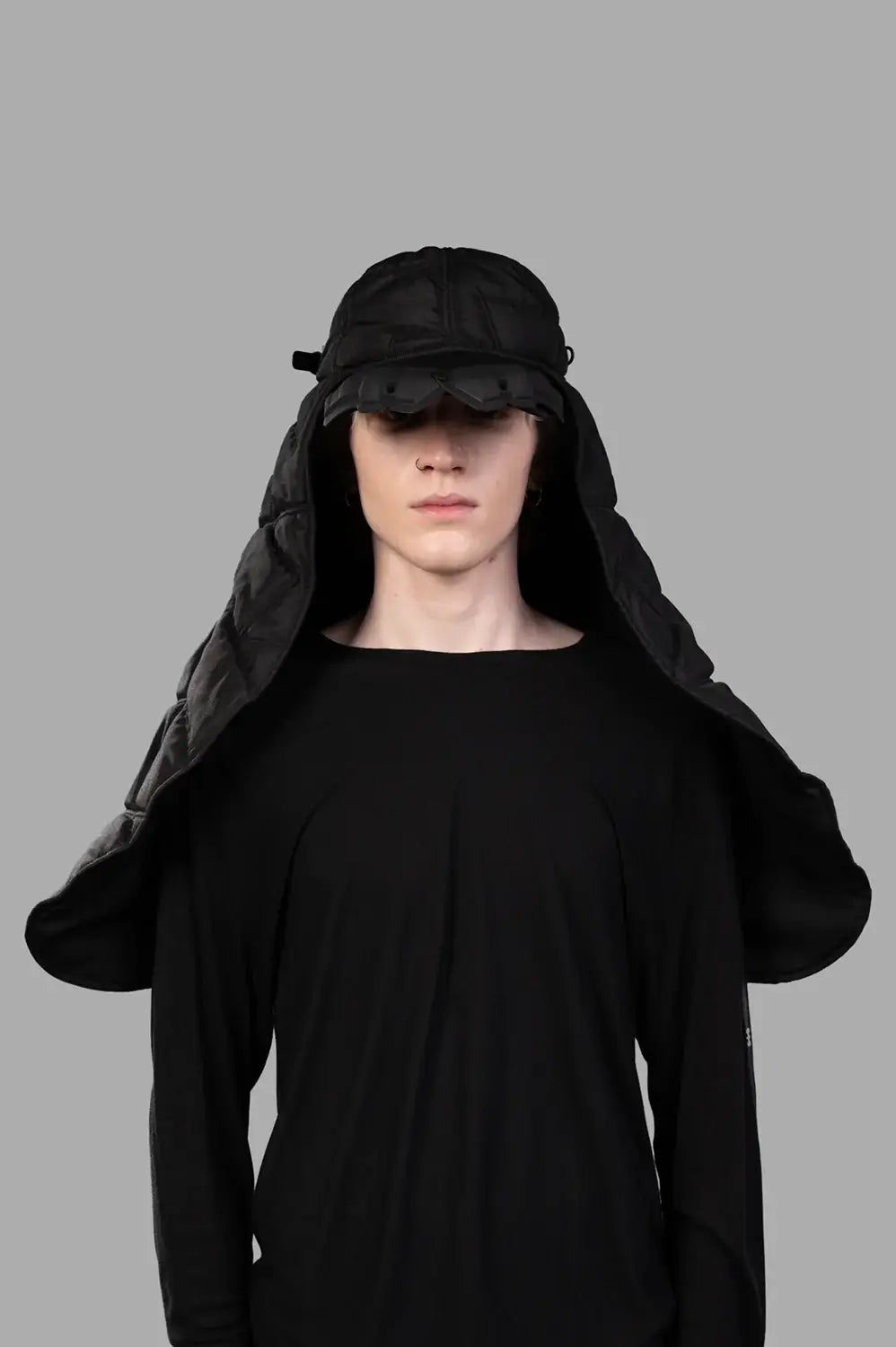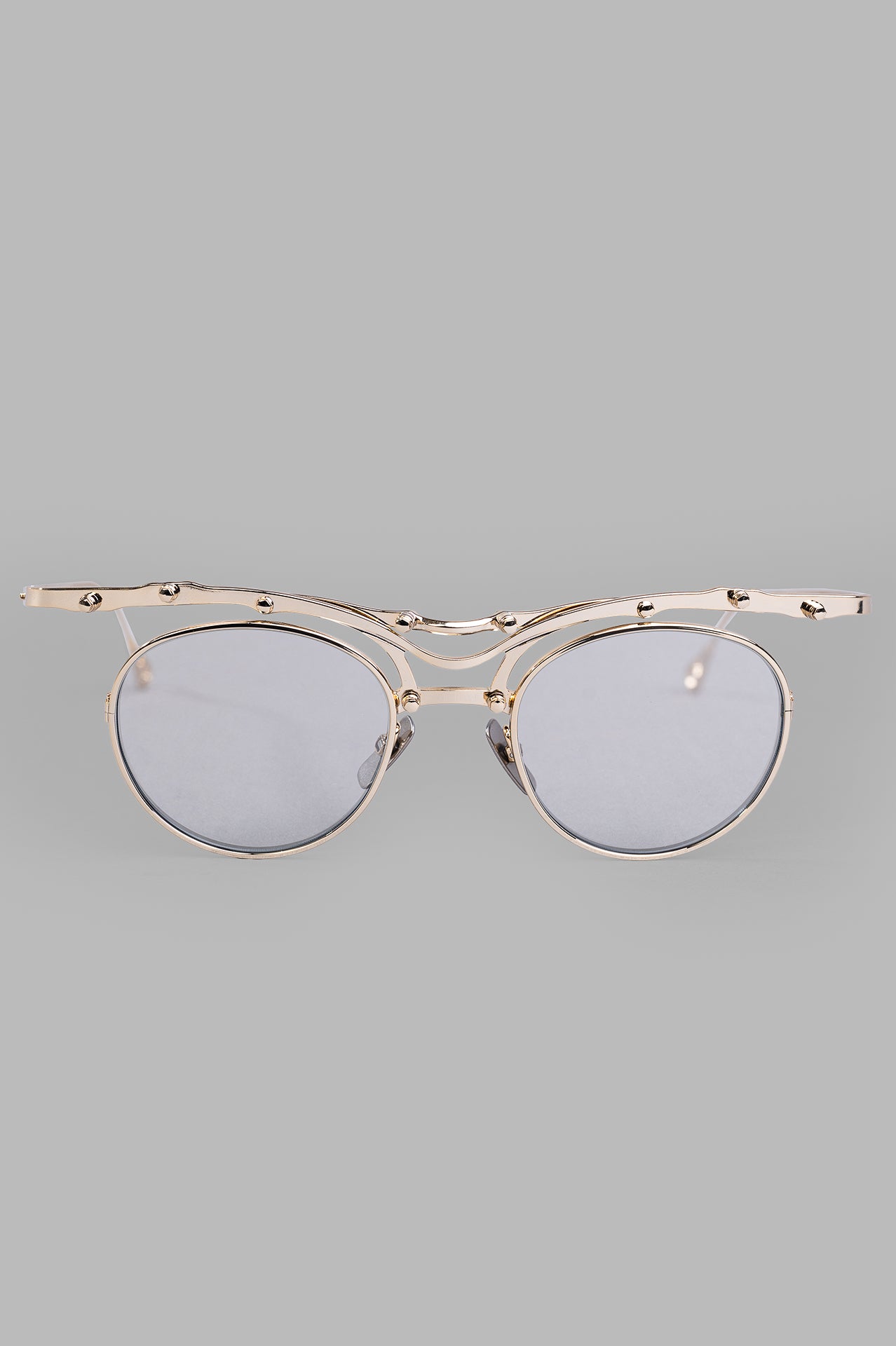Filters
INNERRAUM is a future-minded accessories project that treats bags and wearable objects like modular sculpture. Conceived by Livio Graziottin and Sergio Eusebi—the creative duo behind cult eyewear label Kuboraum—the brand channels an art-first mindset into pieces that look as if they’ve stepped out of science fiction and into daily life. Retailers and press consistently frame INNERRAUM as a new vision of luxury: objects that blur the boundaries between fashion, industrial design and contemporary art.
At the heart of INNERRAUM is a belief that design can be a language. The official brand voice describes its work as “a new form of language translated into individual polyphonic objects” — items composed of multiple interlocking parts that create one harmonious whole. This is more than poetry: it’s a literal description of the brand’s method, where hard and soft components, technical meshes, straps and hardware are assembled to form ergonomic, body-aware accessories.
Founders & origins. INNERRAUM is the second major venture from Graziottin (artist) and Eusebi (anthropologist), the pair who launched Kuboraum in Berlin and are known for turning eyewear into mask-like, personality-amplifying objects. With INNERRAUM they push that sensibility into bags, jewelry and “whatever else they feel like,” applying the same radical, conceptual lens to everyday carry. You’ll find the brand physically anchored between Berlin and Milan, with addresses openly listed on its social channels.
Materials & construction. Instead of traditional leather-only bagmaking, INNERRAUM uses reinforced polymers, mesh and rubber band systems; components are caulked or screwed into place like protective armor, then balanced with soft elements for comfort. The result: pieces that look cocooned and organic yet feel surprisingly practical. Several retailers describe the objects as more “art than fashion,” and that’s accurate—until you load one up and realize how functional the compartments and modular shells actually are.
Climate & responsibility. INNERRAUM’s “About” messaging highlights the use of high-quality recycled materials and a climate-neutral stance. The brand publicly references its climate-neutral status in partnership with Plant-for-the-Planet, aligning the futuristic aesthetic with tangible environmental commitments. If you’re building an edit for conscious customers, this is a rare case where radical design and sustainability coexist.
Range & signatures. The core collection revolves around modular bags (cross-bodies, backpacks, belt bags, micro pouches) defined by segmented shells, rounded volumes and grid-like strapping. Colorways typically skew black or monochrome, occasionally punctuated with metallics or hardware spikes. The brand has also explored limited eyewear capsules—highly engineered, multi-piece frames produced in small runs (e.g., 60 pieces per color), underscoring its “object” philosophy across categories.
Collaborations & cultural relevance. INNERRAUM’s language resonates with the avant-garde. Stockists like LN-CC emphasize the label’s handmade approach and “single sculptural objects” ethos, while specialty boutiques spotlight its futuristic armor-like look. The brand also collaborates within high fashion: for SS25, INNERRAUM x Junya Watanabe delivered a Half-Moon Bag studded with pearls and spikes—exactly the kind of cross-pollination that cements credibility in the experimental luxury space.
Target audience & positioning. INNERRAUM speaks to design-literate shoppers who value concept, craft and conversation as much as function—think customers who browse Rick Owens, Junya Watanabe, or Margiela but want something modular and unmistakably new. It’s unisex by nature; the forms aren’t gendered, and the wearing experience is about ergonomics and presence rather than seasonal trends. Price points sit in the designer/avant-garde tier, reflecting hand assembly, complex part systems and small-batch production.
Why it converts. On a collection page, these objects act like magnets. The texture, curvature and hardware photograph incredibly well; click-throughs tend to be high because the products feel collectible. Functionally, modules and compartments make them great daily-use bags despite their gallery-piece looks. If you’re merchandising, lead with a high-impact crossbody (Module series), flank with a micro pouch for entry price, and anchor the row with a backpack silhouette for capacity—this creates a clear good/better/best path to cart. (And yes, the engineering detail helps justify price on PDP.)
Bottom line. INNERRAUM is not “just” a bag brand; it’s a design system. Built by Kuboraum’s founders, expressed through polyphonic, modular objects, and supported by responsible material choices, it offers the rare mix of iconic visuals + real utility. If your customer wants future-proof accessories and you want products that elevate the entire category page, this label earns the slot.

